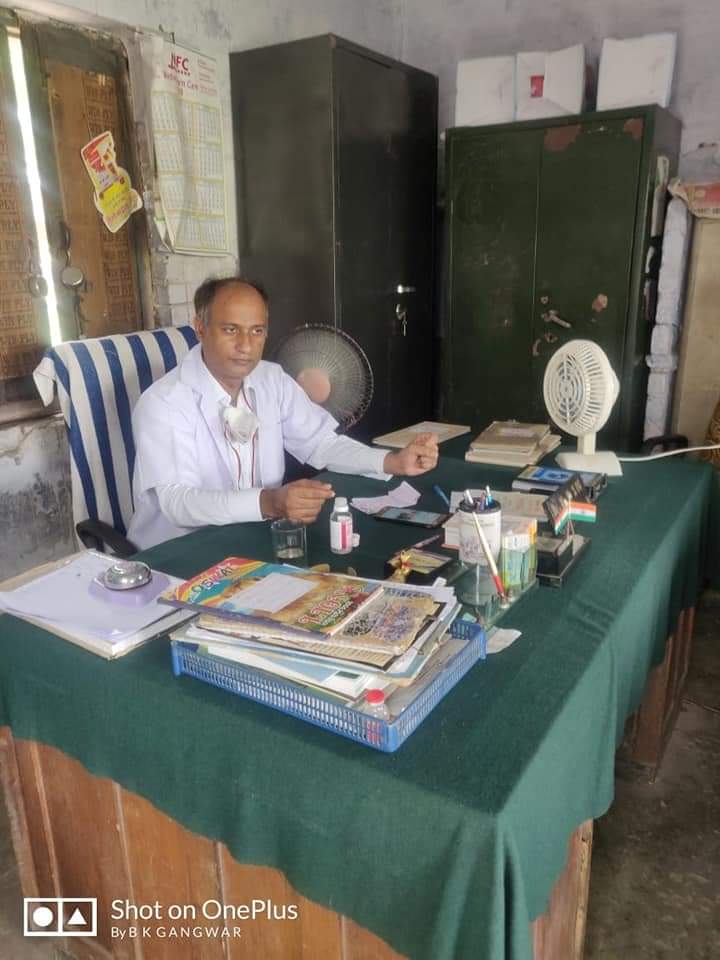Horn cancer in bullocks and its management
K.P. Singh1 and
Praneeta Singh2
1. Veterinary Officer, Government Veterinary Hospital, Deoranian, Bareilly,Department of Animal Husbandry, Uttar Pradesh.
2. Assistant Professor, Department of LPT, C.V.A.Sc., GBPUAT, Pantnagar, Uttrakhand
Cancer is an abnormal mass of tissue, the growth of which exceeds and is uncoordinated with that of normal tissue and persists in the same excessive manner after cessation of stimuli which evoked the change. The word cancer means crab which reflects the true character of crab i.e. it adheres to any part and it seizes upon in an obstinate manner like the crab. Cancerous growth of horn of cattle is reported from India with serious economic losses (Lall, 1953).
Moulton (1961) claimed that the neoplasm arises from the mucous membrane of horn core sinus and then invades the horn core. Horn cancer is generally unilateral and is encountered in cattle in the age group of 5-10 years (Tyagi and Singh, 2006). The bullocks appear to be highly susceptible as compared to bull and cows. The disease is associated with chronic irritation of horns at their base (Sastry, 2001). Joshi et al. (2009) observed that the most consistent clinical signs are frequent head shaking, tilting at the affected side, bending of affected horn and increased nasal discharge on the affected side in advance cases. The present paper describes horn cancer in 3 bullocks and its successful management.
Materials and Methods:
Three bullocks of 7 to 9 years of age were presented to Government veterinary Hospital, Anand Nagar Bhitari, Faizabad with the history of previous trauma to broken horn followed by gradual swelling and bending of horn (figure 4), cauliflower like growth at broken end (figure 1 and 3; in 2 animals) and with foul smelling, purulent discharge from the base of affected horn. On clinical examination of the affected horn, there were pink soft cauliflower like growths which were friable and bleed easily. On the basis of history and clinical examination, the cases were diagnosed as horn cancer.
All the affected animals were kept off fed for 24 hours prior to surgery. The animals were castated in lateral recumbency with affected horn kept upwards. The surgical site was prepared for aseptic surgery. After aseptic preparation of site Xylazine @ 0.1 mg / Kg body weight was administered as a sedative followed by 8-10 ml of 2% Lignocaine hydrochloride was infiltered in a fan pattern to desensitize the cornual nerve. After achieving of cornual nerve block and adequate analgesia dehorning was done by flap method as per standard surgical procedures described by Kumar (2005). Following skin incision the cornual artery was located and ligated by chromic cat gut number – 2 to prevent haemorrhage. The incision was extended in elliptical manner and the underlying tissues are separated at the base of horn forming a skin flap. The exposed horn was dehorned closely to its base. The cavity was thoroughly curetted to get rid of neoplastic cells followed by chemical cauterisation of affected area with copper sulphate and potassium permagnate. To avoid any possibility of haemorrhage tincture benzoin gauaze was applied in the cavity for some time and later replaced by povidone iodine gauze. The entire skin flap was sutured by simple interrupted pattern using cotton thread (figure 2). Post operative treatment included administration of injection ceftriaxone (20 mg / Kg body weight, IM), injection meloxicam (0.5 mg / Kg body weight, IM), injection B1, B6 and B12 (10 ml, IM) for 5 days, injection Revici (10 ml, IM) for 1 day and injection Vincristin sulphate (0.025 mg / Kg, intravenously) four doses at the interval of 7 days. Antiseptic dressing of suture line was performed with 0.1 % povidone iodine solution. The skin suture were removed on 13th day post operation.
Results and Discussion:
The recovery was uncomplicated in all the cases. Complete cure and no reoccurrence of horn cancer could be due to action of vincristine sulphate on mitotic figure of rapidly multiplying neoplastic cells. Therefore, it can be stated that squamous cell carcinoma of horn could be treated successfully with vincristine sulphate. The present findings were also similar with the findings of Udharwar et al. (2008) and Kumar et al. (2013).
References:
Joshi., B.P., Soni, P.B., Ferar, D.T., Ghodasara, D.J. and Prajapati, K.S. (2009). Epidemological and pathological aspects of horn cancer in cattle of Gujarat. Indian J. Field Vet. 5: 15-18.
Kumar, A. (2005). Veterinary Surgical Techniques, 2nd Edn., Vikash Publishing House Pvt. Ltd. New Delhi. Pp. 217-219.
Kumar, V., Mathew, D.D. Kumar, N. and Arya, R.S. (2013). Horn cancer in bovines and its management. Intas Polivet 14 (1): 56-57.
Lall, H.K. (1953). Incidence of horn cancer in Meerut circle, Uttar Pradesh. Indian Vet. J. 30: 205-209.
Moulton, J.E. (1961). Tumors in Domestic Animals, Pp. 44-48 (University of California Press, Berkeley).
Ssatry, G.A. (2001). Veterinary Pathology. 7th Edn., CBS Publisher and Distributors. New Delhi. Pp. 205-249.
Tyagi, R.P.S. and Singh, J. (2006). Ruminant surgery, 1st Edn., CBS Publisher and Distributors. New Delhi. Pp. 415-416.
Udharwar, S.V., Aher, V.D., Yadav, G.U., Bhikane, A.U. and Dandge, B.P. (2008). Study on incidence, predisposing factors, symptomatology and treatment of horn cancer in bovine with special reference to surgery and chemotherapy. Vet. World 1: 7-9.
Figure 1a: Horn cancer in a bullock (cauliflower like growth at base of broken horn)
Figure 1b: Horn Cancer in a bullock (cauliflower like growth)
Figure: 2 After surgical correction of horn cancer in a bullock
Figure 3: Horn cancer in a bullock (beginning of cauliflower like out growth at broken horn)
Figure 4: Horn Cancer (showing bending of horn from their base)


